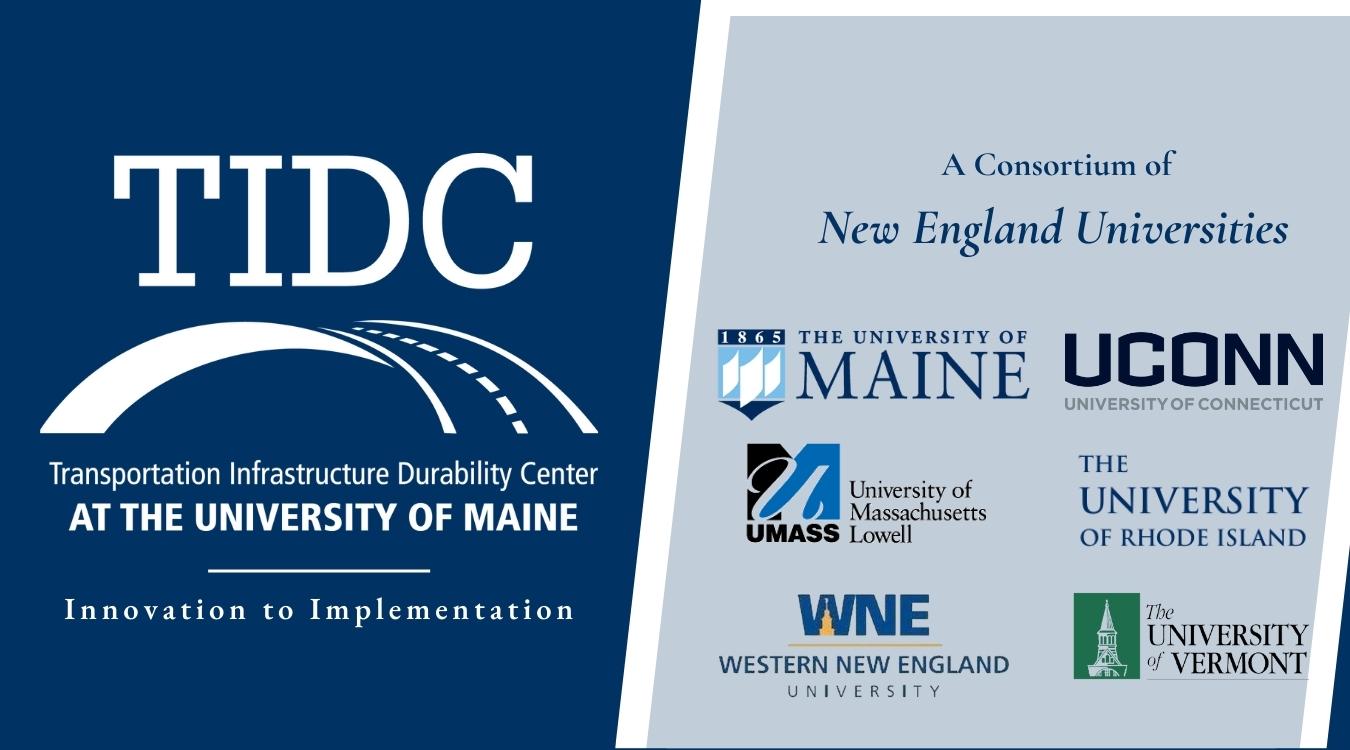Project Summary
Assessment and monitoring the performance and health of rail structures is an essential aspect of prioritizing the repair and replacement, as well as extending service life, of these transportation infrastructures. Intrusion of fines from the subgrade or surface leads to ballast fouling and consequently impairs track drainage and adversely affects serviceability [1]. Development and implementation of novel strategies for the assessment and health monitoring of this infrastructure, particularly fouling phenomena at its early stage, can significantly extend railbed service life. New fouling assessment/detection techniques have been investigated, e.g., ground penetration radar (GPR), thermal imaging techniques, but have several limitations [2, 3]. This project focuses on using embedded and passive wireless sensing to meet practical needs of railbed monitoring. Preliminary results by the Co-PI indicate that a passive wireless sensor, based on a harmonic transponder design, can be embedded within railroad ballast and when interrogated can produce a measurable signal. At scale, such devices could be produced at very low cost and thus liberally embedded in ballast. Signatures from these sensors, once interrogated, can be tracked over time to detect fouling and thus non-destructively assess and monitor the integrity of the railbed. The proposed work will conduct a series of controlled experiments to characterize the response of the sensing device when embedded in a ballast stack. The ballast will be fouled with different levels of coal dust having different levels of moisture. The response data will be used to develop inverse models to extract railbed fouling from measured device responses. The outcomes of this project will advance this novel assessment and monitoring technique for railbed structure and thus extend the service life of these infrastructure assets.

